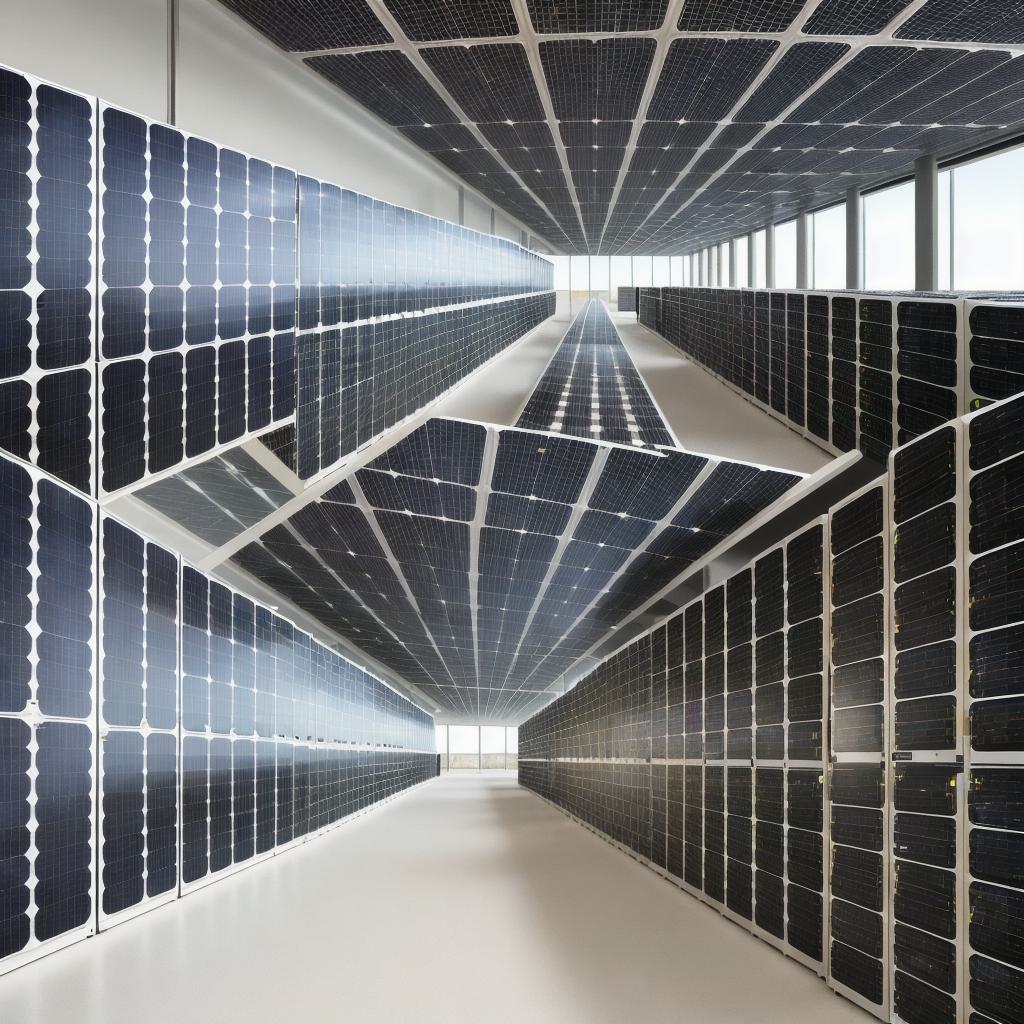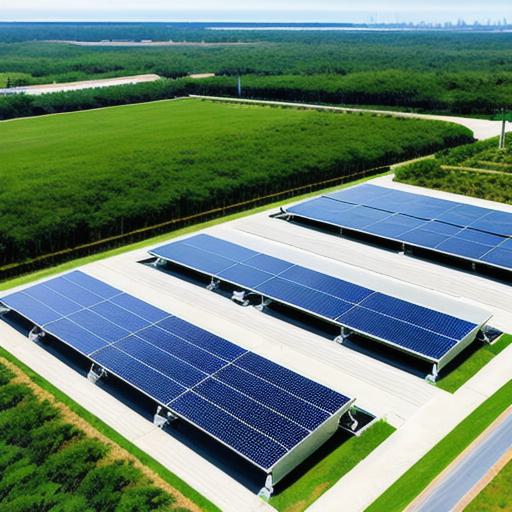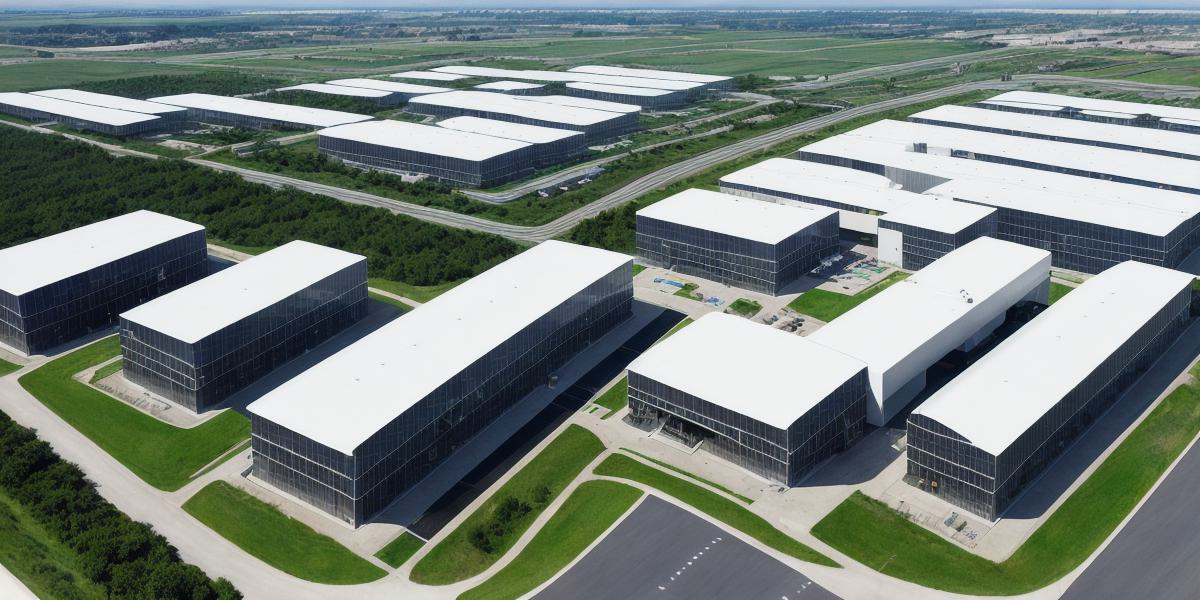As businesses continue to rely heavily on digital transformation and cloud services, data centers have become the backbone of this increasingly connected world. In 2023, we can expect several trends and developments that will shape the data center landscape. Let’s explore these changes.
-
Sustainability and Energy Efficiency:
Data centers are known for their high energy consumption. However, with growing concerns about climate change and rising electricity costs, sustainability has become a top priority. In 2023, we will see more data centers adopting renewable energy sources, using energy-efficient cooling systems like liquid cooling, and implementing advanced power management techniques. For instance, Google’s new data center in Finland is powered entirely by wind energy. -
Edge Computing:

The rise of IoT devices and the increasing demand for real-time data processing have led to the emergence of edge computing. In 2023, we will witness a significant expansion of edge data centers, which process data closer to where it is generated, reducing latency and bandwidth requirements. Telecom companies like Verizon and AT&T are already investing heavily in this space. -
Multi-cloud and Hybrid IT:
The shift towards multi-cloud and hybrid IT environments will continue in 2023 as businesses seek to optimize costs, improve application performance, and enhance security. This means that data centers must become more flexible and agile, allowing for seamless integration with various cloud providers and on-premises systems. For example, Microsoft Azure Stack is a solution designed to extend the capabilities of Azure to on-premises environments.
-
AI and Machine Learning:
AI and machine learning (ML) are transforming industries and data centers will be no exception. In 2023, we can expect an increase in ML-enabled infrastructure, such as self-healing systems that can automatically identify and resolve issues, predictive analytics for capacity planning, and AI-driven energy management. IBM’s Watson for Cloud Pak for Data is a good example of how AI is being used in data centers. -
Cybersecurity:
As the attack surface continues to expand with the increasing adoption of cloud and edge computing, cybersecurity will remain a critical concern for data centers in 2023. We can expect more advanced security measures such as blockchain-based encryption, zero trust architectures, and AI-driven threat detection systems. For instance, Cisco’s Secure Data Center Solution offers multi-layered protection for on-premises environments.
In conclusion, data centers in 2023 will be characterized by greater sustainability, the rise of edge computing, flexibility to accommodate multi-cloud and hybrid IT environments, advanced use of AI and ML, and robust cybersecurity measures. These trends reflect the evolving needs of businesses and the ongoing digital transformation journey.
